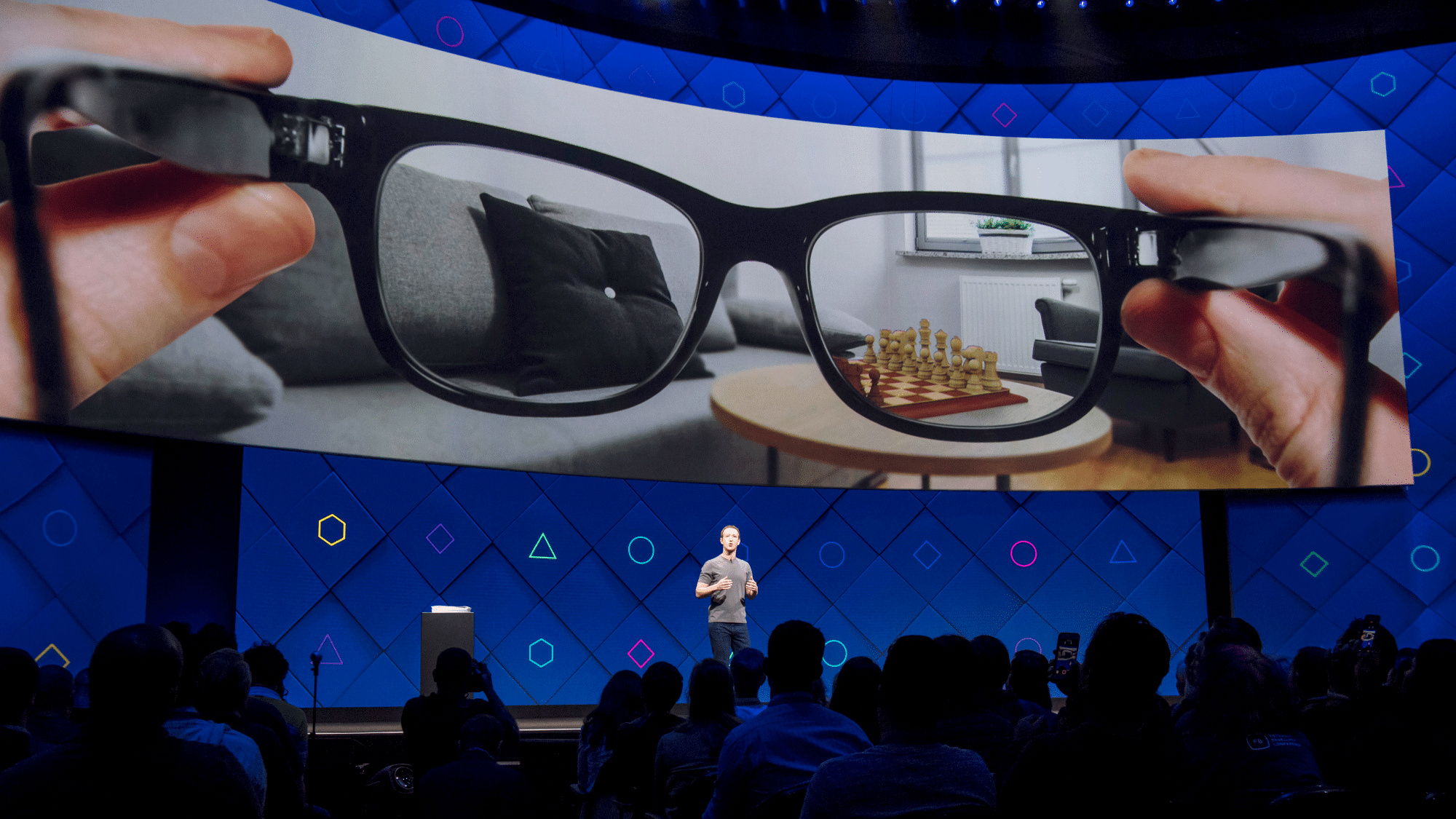Meta's Head of AR Glasses Hardware claims they give the same "Oh my God, wow! I can't believe this!" reaction as the original Oculus Rift.
The claim comes from an interview Caitlin Kalinowski gave to Android Central. Kalinowski was previously the Head of VR Hardware for the consumer Oculus Rift, Oculus Touch, Oculus Go, Rift S, Oculus Quest, Quest 2, and Quest Pro. She switched to Head of AR Glasses Hardware two years ago.
It's unclear whether Kalinowski's comment refers to the original Oculus Rift developer kit, which over 10 years ago showed that relatively wide field of view VR was possible with affordable and mass-producible hardware, or the first consumer Rift which launched in 2016. Regardless, it's clear that what Kalinowski means here is that trying Meta's AR glasses is just as mindblowing as trying good VR for the first time.
Kalinowski didn't reveal any specific details of the glasses, other than to mention them offering "high field of view immersion".
The Demonstrator, Or The Eventual Product?
What's also unclear is whether Kalinowski is referring to the AR glasses demonstrator hardware Meta may be planning to demo at Connect later this year, or the downgraded product it reportedly plans to bring to market in 2027.
Meta has been working on AR glasses for at least eight years now, spending tens of billions of dollars on the project that Mark Zuckerberg hopes will one day deliver him an "iPhone moment". The company has repeatedly spoken of its intentions to bring AR glasses to market since 2017, and in 2021 revealed the effort is called Project Nazare.
But in 2022 The Verge's Alex Heath reported that Meta no longer plans to release its first AR glasses, codenamed Orion, as an actual product. Instead, Heath wrote, Meta will distribute them to select developers in 2024 and also use them as a demonstration of the future of AR.
Meta CTO Andrew Bosworth appeared to confirm Heath's reporting in an interview with Heath in December. Bosworth said the glasses "might be the most advanced [consumer electronics device] that we’ve ever produced as a species", so much so that they "were built on a prohibitively expensive technology path" not suitable for an actual product.

This also seemed to corroborate the reporting of The Information's Wayne Ma last year. Ma reported that the Orion prototype glasses use microLED displays and silicon carbide waveguides.
MicroLED is a truly new display technology, but no company has yet figured out how to affordably mass produce it with decent resolution. It's self-emissive like OLED, meaning pixels output light as well as color and don’t need a backlight, but is more power efficient and can theoretically reach much higher brightness. This makes it uniquely suitable for glasses, which need to be usable on sunny days yet powered by a small and light battery. In 2019, Facebook secured the entire future output of a startup supplier, but Ma reported the companies still haven't been able to achieve a high manufacturing yield, meaning they can only produce a small number of displays at a high cost.
The silicon carbide waveguides are also proving challenging to procure. The material can deliver a wider field of view than the glass waveguides used in current transparent AR headsets, but it is also incredibly expensive. Further, Ma's report explained that because the material is used in military radars and sensors, the US government imposes strict export controls on it. That means glasses using it will have to be assembled inside the US, significantly raising the production cost, despite most of the manufacturing and components coming from China and Taiwan.

To ship AR glasses as an actual mass producible product, Ma reported Meta will use downgraded components: LCoS displays and glass waveguides.
LCoS displays are essentially LCD microdisplays, though using reflection instead of transmission to form an image. LCoS isn't a new technology, it has been used in projectors since the 90s as well as in AR products like HoloLens 1 and Magic Leap 2. They are less power efficient and less bright than microLED has the potential to be, but much less expensive in the short term.
While the silicon carbide waveguide in the Orion glasses can reportedly achieve a field of view around 70° diagonal, the glass waveguide in the actual product will only have a field of view of around 50° diagonal, like HoloLens 2 and Nreal. We harshly criticized the field of view of both HoloLens 2 and Nreal Light in our reviews of each product. For comparison, opaque headsets that use camera passthrough have fields of view well in excess of 100° degrees diagonal.
Ma reported that the goal is to ship this AR glasses product around 2027. Of course, it's possible this plan has changed in the months since the report.
| Orion Prototype | Consumer Product | |
| Introduction | 2024 | 2027 |
| Availability | Select developers & Meta staff |
Consumers (at high price) |
| Displays | MicroLED | LCoS |
| Waveguides (Field of View) |
Silicon Carbide (70° diagonal) |
Glass (50° diagonal) |
These downgrades reflect the wider difficulties across the industry in the struggle to try to bring compelling transparent AR glasses out of the realm of science fiction and into real products. Apple reportedly postponed its full AR glasses “indefinitely” last year, and Google reportedly killed its internal glasses project in favor of making the software for third parties instead.






























